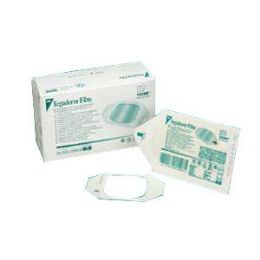

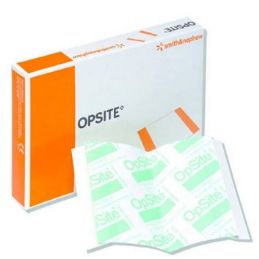

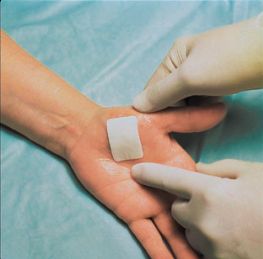
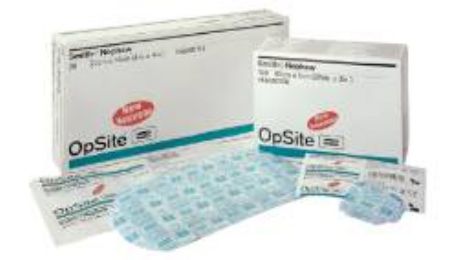
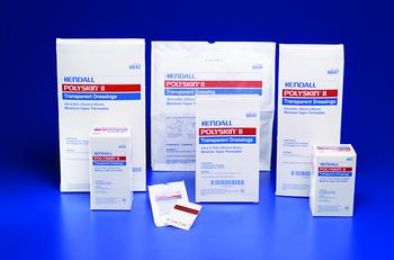
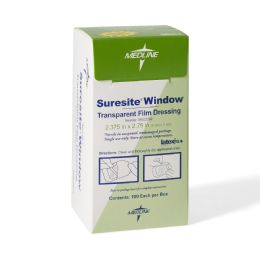
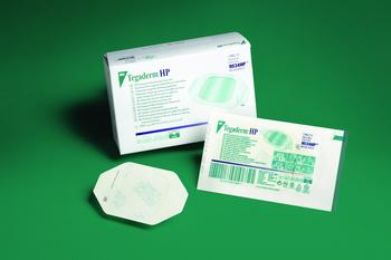
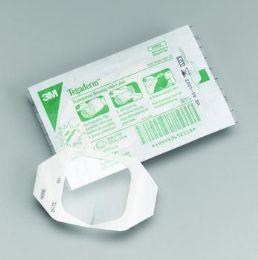
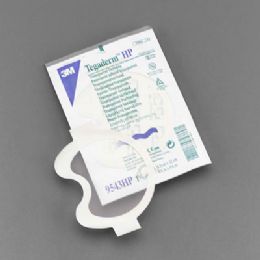
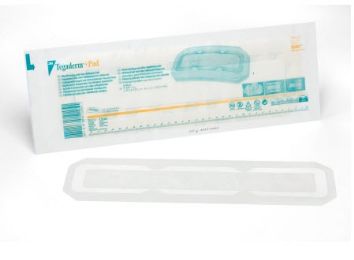
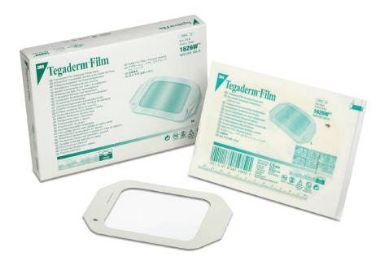

What is a Transparent Film Dressing?
A transparent film dressing is a thin sheet of clear material, usually polyurethane, available in a wide assortment of shapes and sizes in order to conform to different types of wounds. It is generally used to protect the skin at pressure spots, acting like a second skin. This dressing is transparent so the wound is visualized to see its healing progress and any drainage, and to keep the affected area moist for optimal healing. It is normally recommended by healthcare providers when there is little to no drainage, another dressing requires securing the skin, or dead tissue needs debridement. Other applications for a transparent dressing are during an in-patient visit to protect and secure a catheter or IV, and to protect gauze covered wounds which have low amounts of excretion.
A transparent film dressing has many other benefits besides providing a moist environment to aid in the healing process. Since it is flexible, it conforms to wounds in areas which are difficult to apply bandages to on the body. It is also nonporous to bacteria and contaminants, and even though it is waterproof, excess carbon dioxide and moisture vapor are able to escape through its one-way passage. In addition, its waterproof quality means it does not have to be removed while showering or bathing.
When applying a transparent film dressing, it should be smoothed out and large enough so there is at least a one inch border around the wound. Some healthcare providers may recommend a minimal two inch border, depending on the severity of the wound. When removing the dressing, it should be slowly and carefully lifted from the edges toward the center to avoid stripping the top layer of the skin. On average, this dressing requires changing every 3 to 5 days, although it may be left on for as long as 7 days, if there are no excessive excretions. It needs to be changed right away if there is skin irritation, if it begins to roll up at the corners, or if there is leakage or loosening of the film.
What is an Adhesive Dressing?
An adhesive dressing is a wound dressing that is coated in adhesive to allow it to stick directly to the area where it is applied. This eliminates the need to use bandaging tape or other similar materials to attach the dressing with. There are many sizes and styles of dressings for a variety of applications. An adhesive dressing can serve several functions. It protects a wound to reduce the risk of infectious agents entering and colonizing the area. It also collects excretions, which is the material which seeps from the wound. This can be important from an aesthetic and sanitary perspective. In addition, a dressing can keep a wound moist and promotes healing.
An adhesive dressing can be made from a variety of materials, including cotton and various synthetic fibers. The area of the dressing which does not have adhesive may be treated so it will not stick to the wound, since this is a common concern. This treatment makes the dressing slippery and is normally porous so liquid which seeps from the wound passes through it and is absorbed by the dressing. Incidentally, when the bandage is removed, the treated area should easily peel off without tearing the wound.
The adhesive portion normally borders the dressing on all edges so it can be firmly attached all the way around the wound. Always be careful when applying an adhesive dressing so as not to introduce the adhesive directly onto the wound or around its margins. This can cause pain when removing the dressing.
Hulet Smith, OT
Rehabmart Co-Founder & CEO
lb